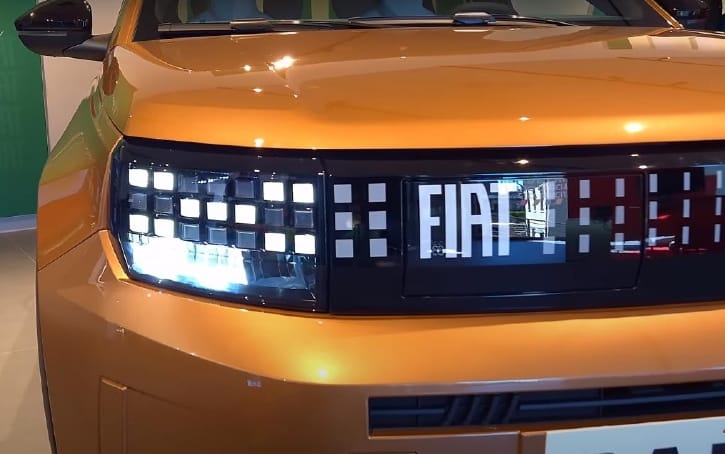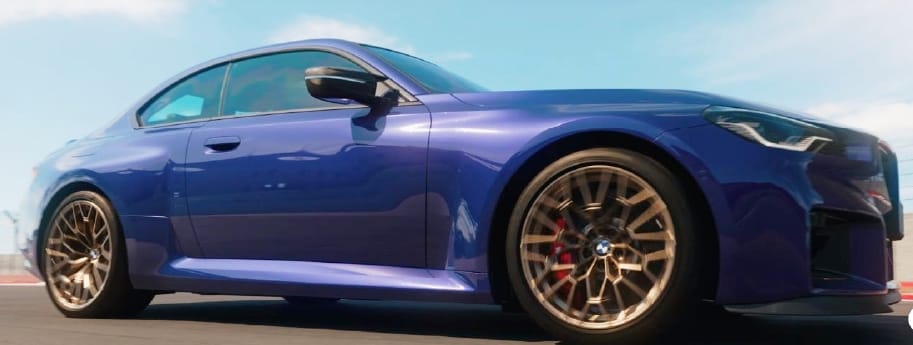Last Updated on 14/08/2025 by Team anadiorb
2025 Citroën ë-C4 vs 2026 Toyota C-HR+: Europe’s Electric Crossover Face-Off
“Ultimate 2025 Citroën ë-C4 vs 2026 Toyota C-HR+ Europe comparison — range, performance, features, safety, pricing, pros & cons. Find out which electric crossover dominates European roads.”

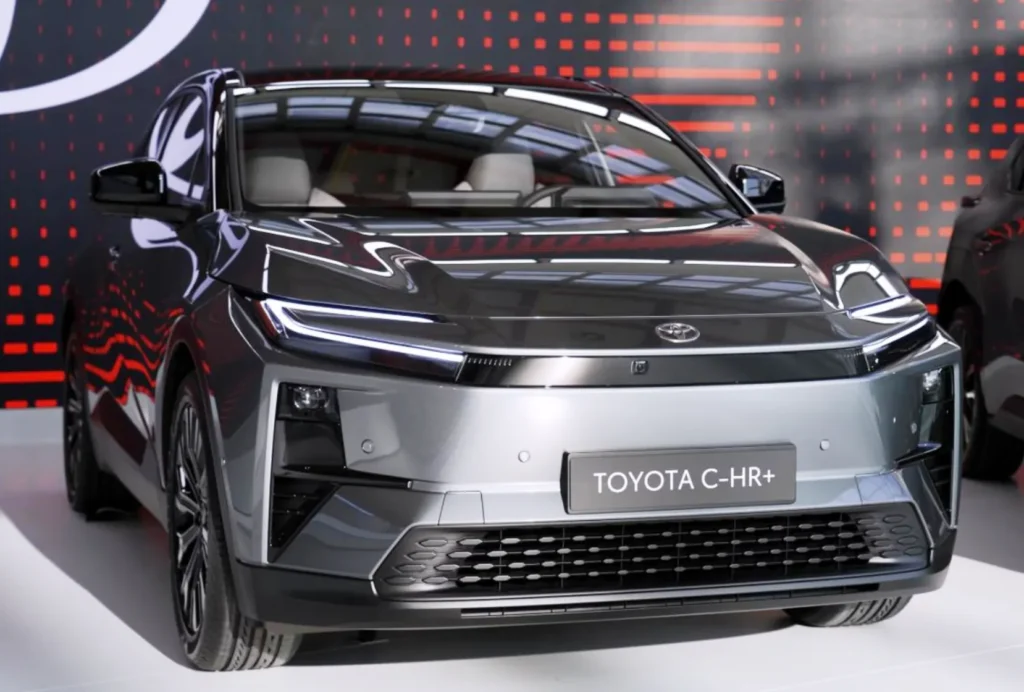
Introduction
Electric crossovers are rapidly becoming the “Goldilocks” of the EV universe — not too large, not too small, but just right for Europe’s varied roads. In 2025 and 2026, two quite different players will go head-to-head in this class: the 2025 Citroën ë-C4, a comfort-oriented French charmer, and the 2026 Toyota C-HR+, a bold Japanese statement vehicle with serious range and performance tuch.
It’s one is for joie de vivre, the other kaizen accuracy. So which do you choose for your next electrified escapade? Let’s get under the skin — and strap in tight, because this isn’t just a spec-sheet showdown.
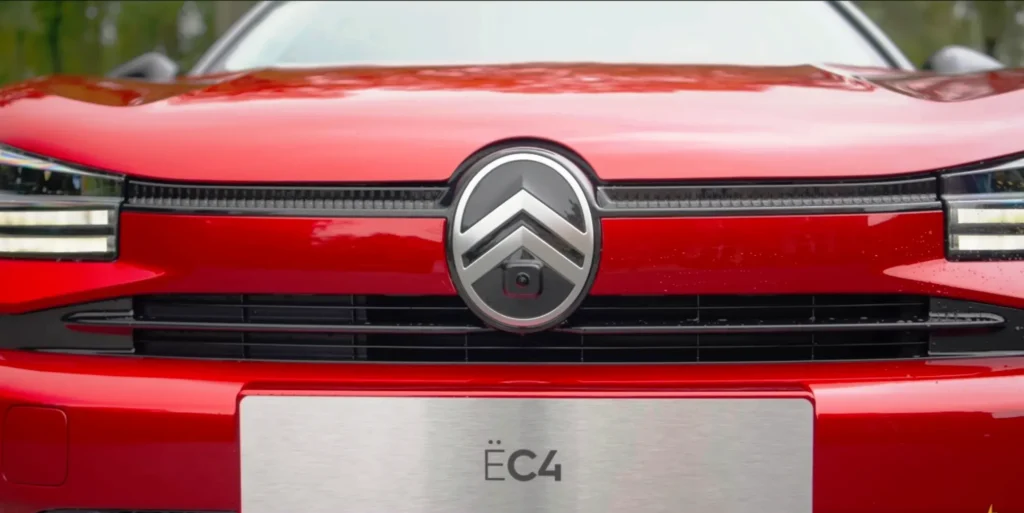
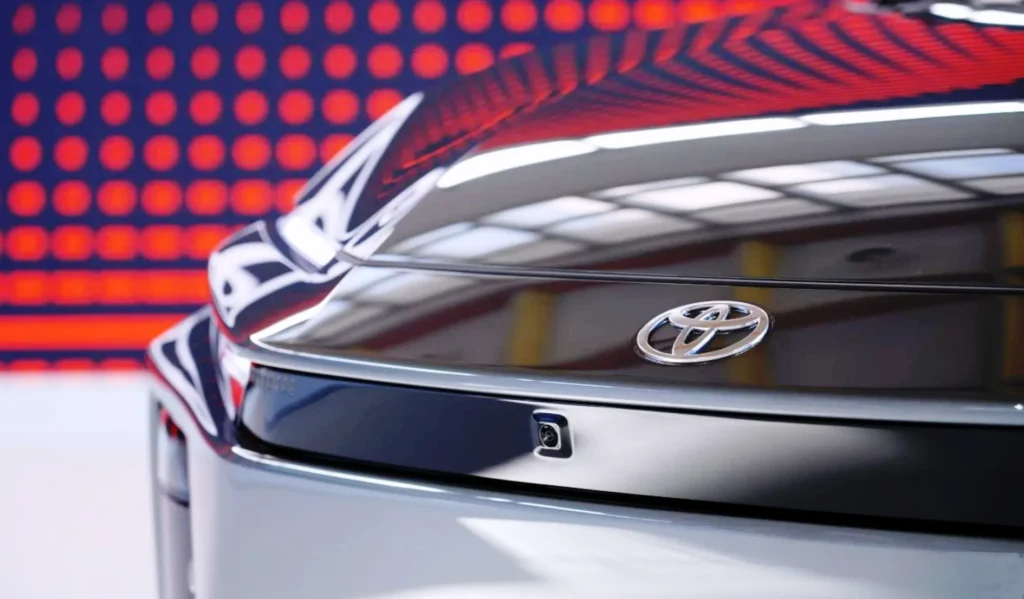
A Tale of Two EV Journeys
Citroën — The Comfort Revolutionary
For more than a century, Citroën has been the bad boy of the European car classroom. While everyone else pursued performance and pin-sharp handling, Citroën pursued comfort as a sport. Hydropneumatic suspension, lounge-like seats, and offbeat styling made their vehicles icons.
The ë-C4, first launched in 2020, brought that philosophy into the electric age. For 2025, it gets a new sharper look, better tech, with two range options, but its core DNA remains pure Citroën — comfort above all else.
Toyota — From Hybrid Hero to Electric Contender
Toyota isn’t new to electrification. The Prius changed what a family car could be, and the brand’s hybrid technology has topped sales lists for decades. But all electric? That’s fresh ground.
The C-HR+, debuting in 2026, is Toyota’s way of saying, “We’ve mastered hybrids — now watch us in the EV game.” Built on the dedicated e-TNGA platform, it promises long range, strong performance, and enough tech to keep a Silicon Valley engineer busy.


Interior and Build Quality — French Lounge vs. Japanese Tech Loft
Citroën ë-C4
Stepping into the ë-C4 is like entering a boutique Parisian café. Seating is wide, padded, and comfortable, employing Citroën’s Advanced Comfort system with additional foam layers. Soft-touch finishes encircle the dashboard, and the overall look is de-cluttered. The infotainment is a 10-inch screen (on upper trims) with Apple CarPlay and Android Auto, accompanied by a tiny digital driver screen. Physical climate controls are preserved — a rare and appreciated decision. Build quality is decent for the price, though some tougher plastics surface lower down.
Toyota C-HR+
The C-HR+ cabin feels like a Tokyos high-end spaceship. A 14-inch standalone touchscreen is the dashboard occupant of choice, surrounded by a completely digital instrument pack. The trim is richer, with soft-touch surfaces nearly everywhere you place a touch, precision stitches, and well-damped switches. There’s dual wireless charging, ambient lighting, a panoramic roof, and rear climate vents — all of this makes it appear like one step above the masses. Toyota’s reputation for build quality is reflected in tight panel gaps and solid finishes.


Performance — Tranquil Cruiser vs. Autobahn Charger
Citroën ë-C4
Motor: Single, FWD
Power: 136 hp (50 kWh) or 154 hp (54 kWh)
0–100 km/h: 9 seconds
Range (WLTP): 352–423 km
The ë-C4 isn’t for racing lap times record — it’s refined for effortless acceleration, silent cruising, and stable handling. It loves cities and a sedate motorway crawl, sipping electrons instead of gulping them.
Toyota C-HR+
Motors: Single (FWD) or Dual (AWD)
Power: 167 hp (57.7 kWh), 224 hp (77 kWh FWD), 343 hp (77 kWh AWD)
0–100 km/h: 8.6 s (base FWD), 7.4 s (long-range FWD), 5.2 s (AWD)
Range (WLTP): 455–600 km
The C-HR+ has been doing some off-season bench-pressing. Even the base trim is quick, and the AWD variant is downright fast for a crossover. It’s built for high-speed cruising on long distances — quite at home on the autobahn in Germany or the Spanish coastal route.
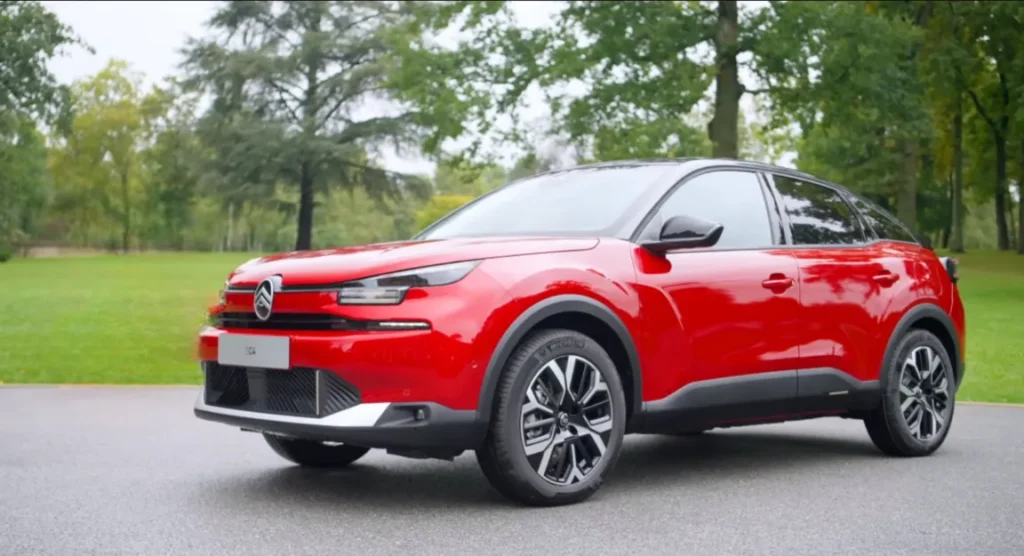
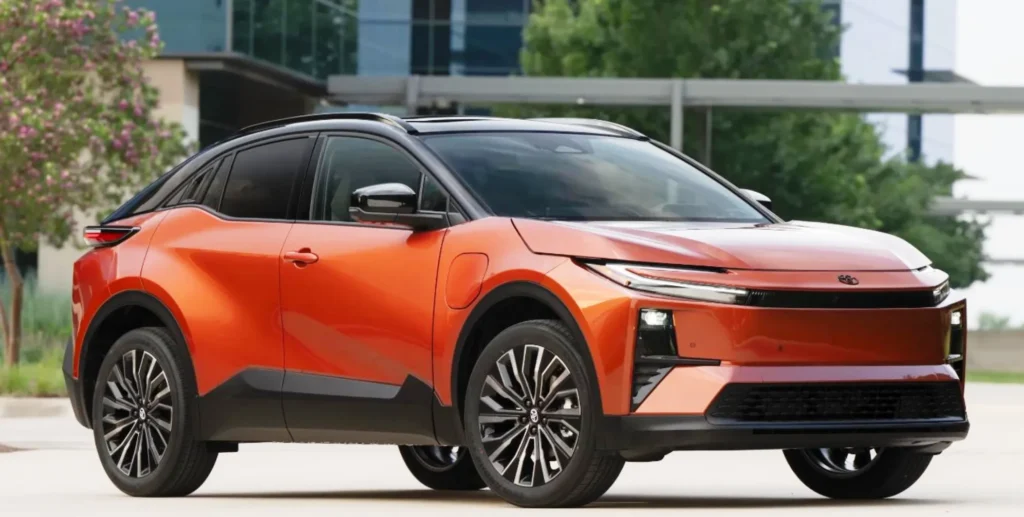
Safety — Protecting Your Trip
Citroën ë-C4 has adaptive cruise control, lane-keeping assist with blind-spot detection, traffic sign recognition and also and automatic emergency braking. It’s well and good for city traffic and highway cruising.
Toyota C-HR+ takes it further with Safety Sense 4.0, including upgraded pedestrian/cyclist detection, junction collision avoidance, lane centring, adaptive high beams, and proactive driver support. It’s future-proof, with a greater focus on preventing accidents.
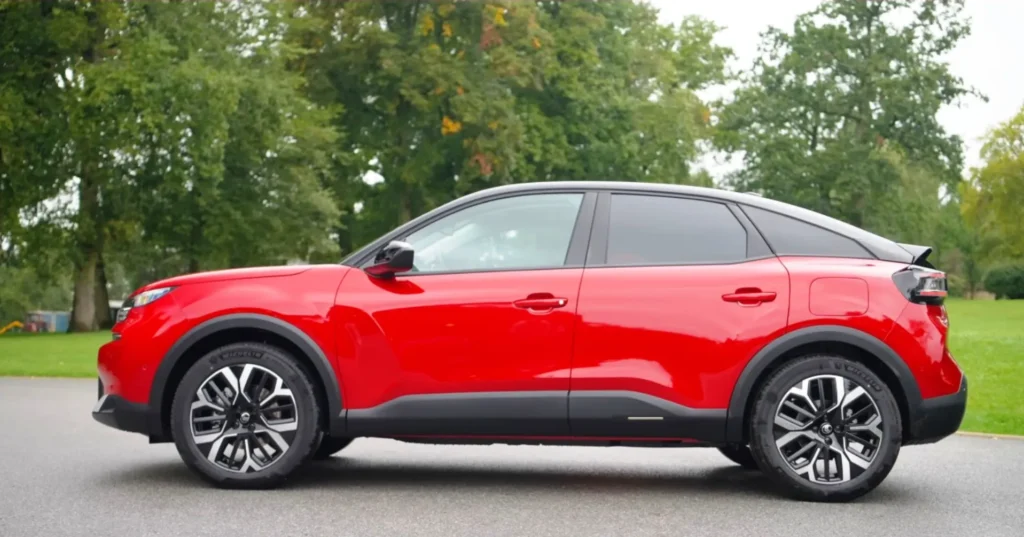
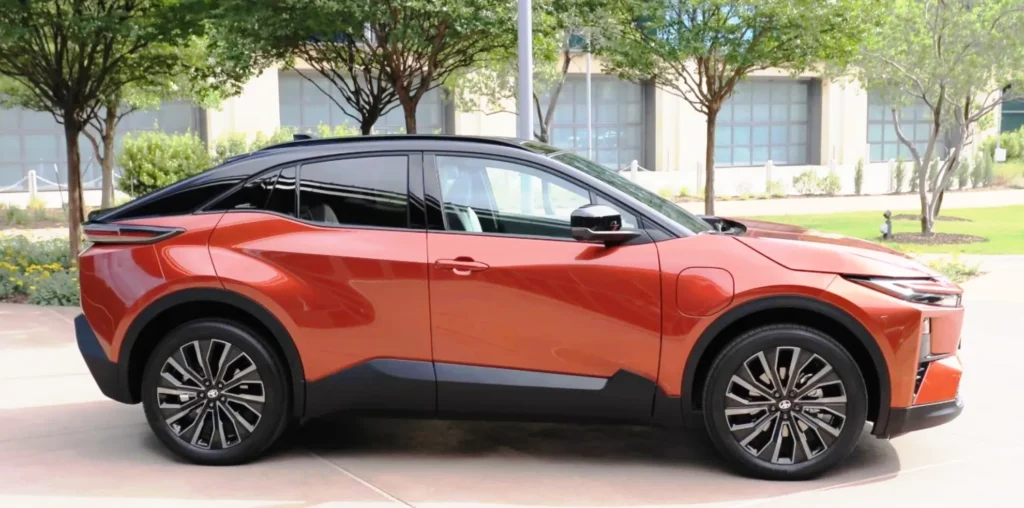
Capabilities — Everyday Usability vs All-Round Versatility
The ë-C4 excels in compact European cities, where a turning circle and footprint keep parallel parking less stressful. Its ride quality is among the class leaders, easily handling cobblestones and potholes. Charging peaks at 100 kW DC, sufficient for a 20–80% gain in approximately 25 minutes.
The C-HR+ has more ground clearance, available AWD for snow-traversing confidence, and quicker 150 kW DC charging (10–80% in 30 minutes). Its size translates to a more spacious cabin and trunk (416 L), although it’s more difficult to shuttle through tight old-town roads.
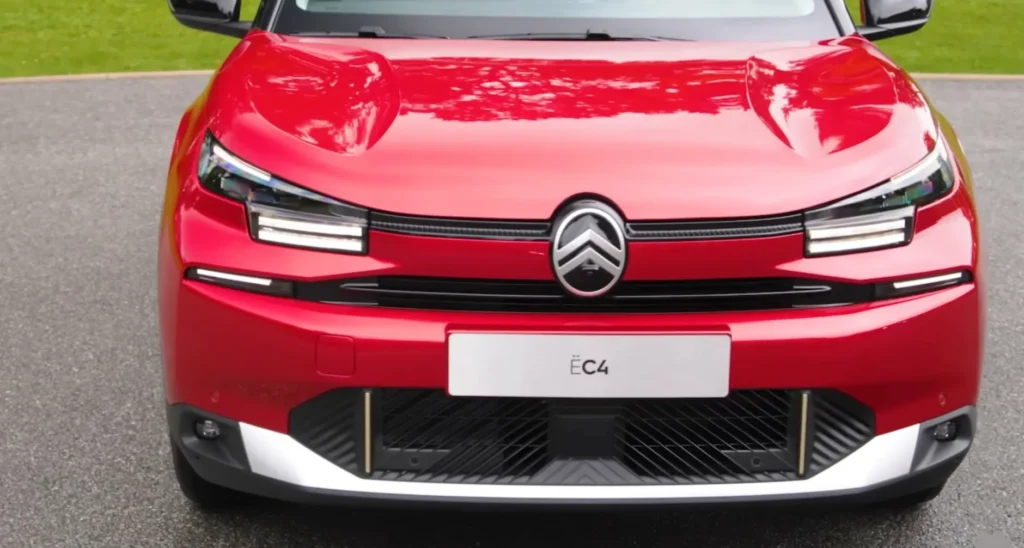
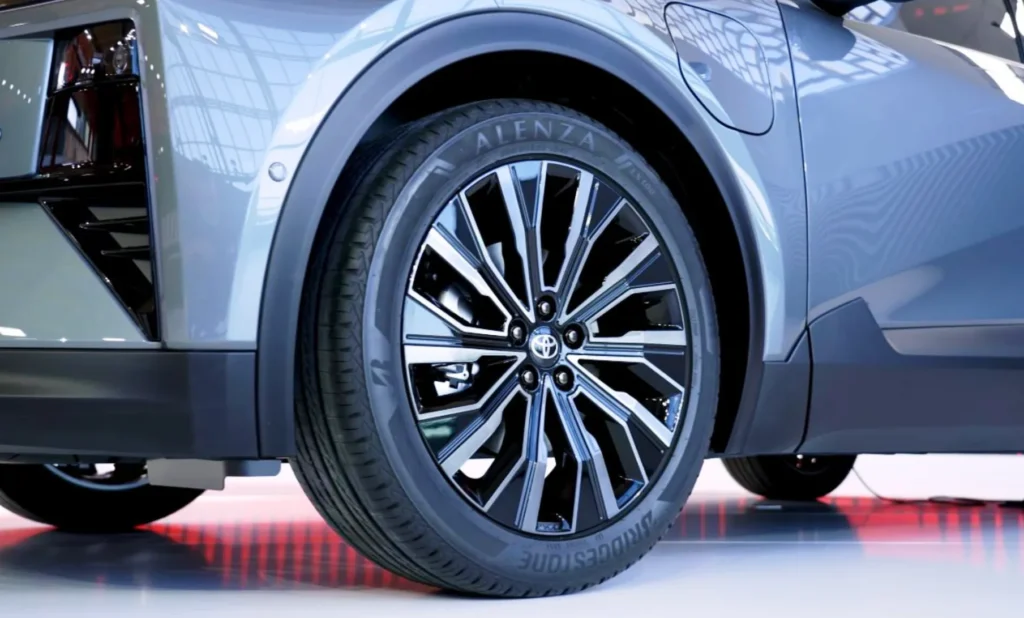
Pricing and Availability
The Citroën ë-C4 begins at about £26,600, which places it among the cheaper electric crossovers in Europe. The ë-C4 X sedan-crossover crossover hybrid design is a couple of hundred pounds more. Both are in dealerships now in most EU countries.
The Toyota C-HR+ will begin from around £35,000–£40,000 for the FWD 57.7 kWh model, AWD 77 kWh variants starting above £45,000. It will go into deliveries in some European markets from late 2025, with full market availability by mid-2026.
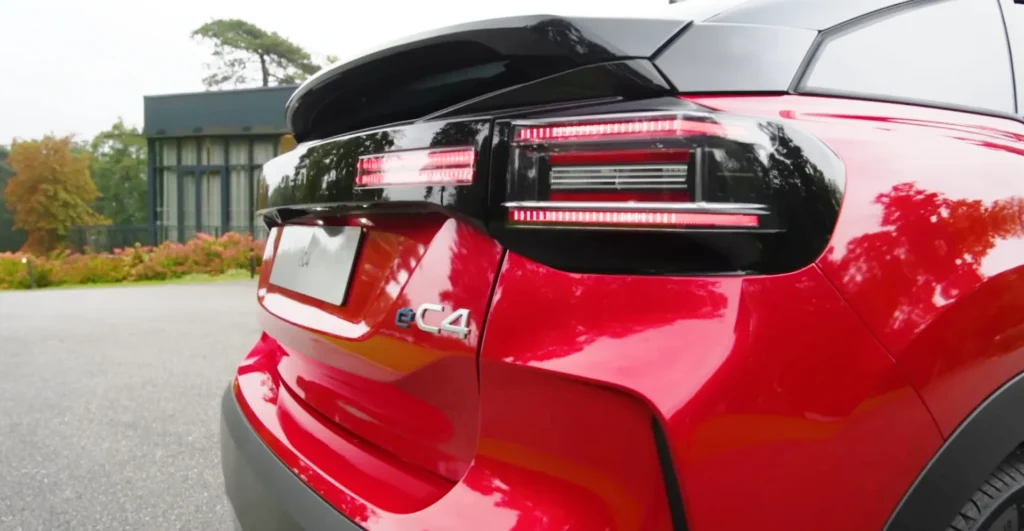

Pros and Cons
Citroën ë-C4
Pros:
Smooth ride comfort
Reasonable price
Easy, intuitive controls
Cons:
Reduced range
Less powerful than competition
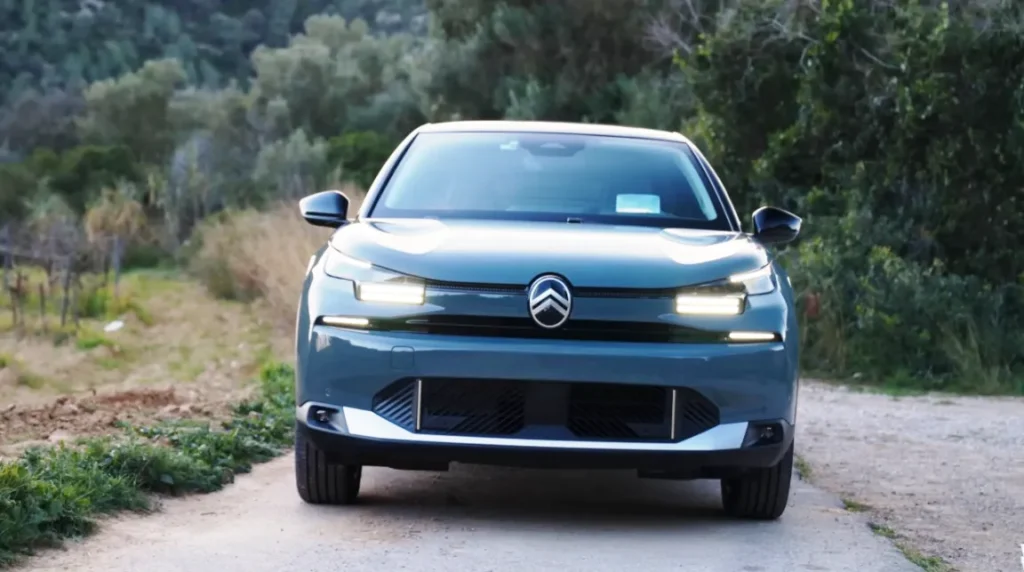
Toyota C-HR+
Pros:
Up to 600 km range
Premium interior and technology
AWD performance variant
Cons:
Higher cost
Tighter ride may not appeal to all

Final Verdict — Which EV Wins for Europe?
The Citroën ë-C4 is the EV version of a long, lazy Provence lunch — unfrantic, relaxed, and rewarding without breaking the bank. It’s ideal for ride-quality lovers, ease-of-use enthusiasts, and wallet-friendly shoppers.
The Toyota C-HR+ is like to a high-speed motorway drive down the Autobahn in a GT feel — powerful, refined, and bold, yet with the endurance to cover the miles. More expensive, yet offering more in terms of range, performance, and luxury feel.
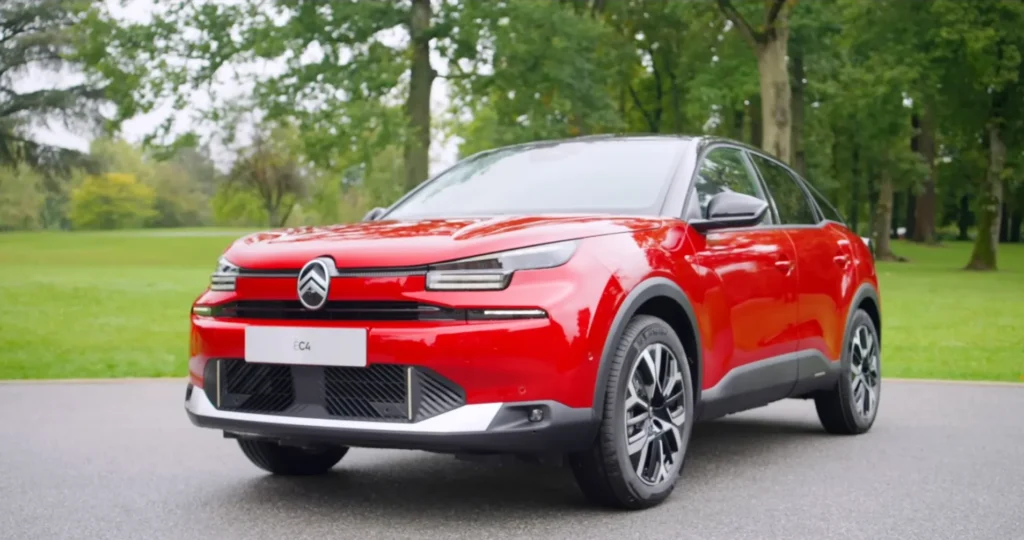
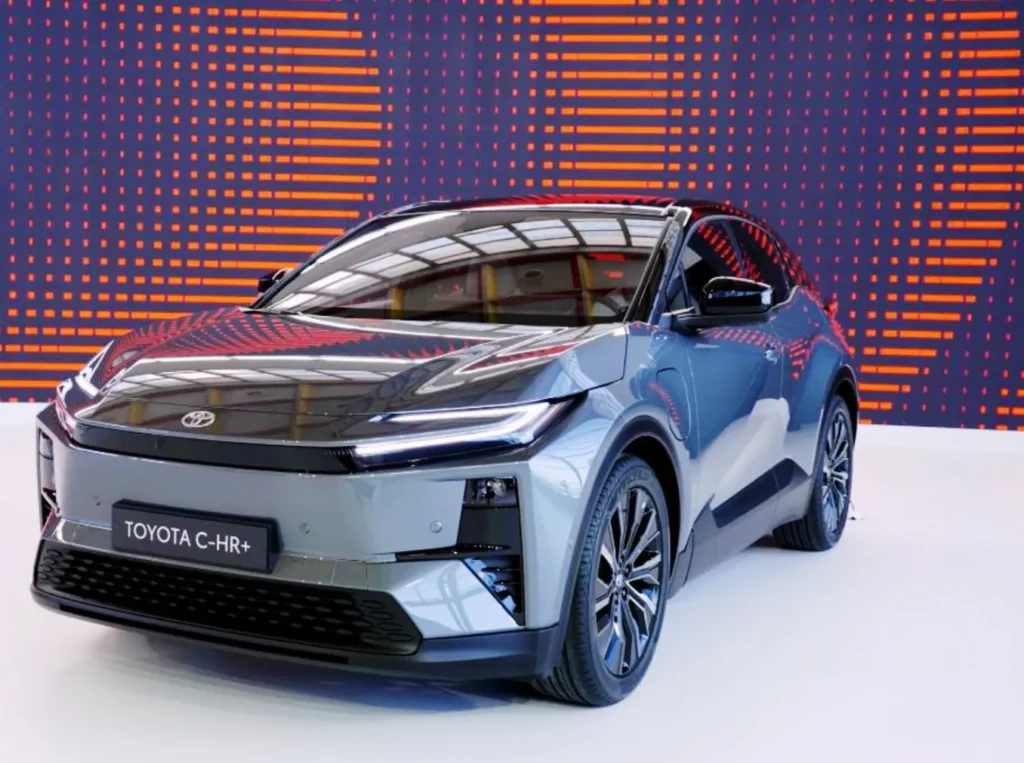
FAQs
Q: Which has the better long-distance capability?
A: Toyota C-HR+, due to its 600 km range and quicker charging.
Q: Is the ë-C4 suitable for motorway driving?
A: Yes — it’s peaceful and pleasant at motorway speeds, though with less range than the Toyota.
Q: And which one is more suitable for city use?
A: The Citroën ë-C4, owing to its smaller size and more compliant suspension.








